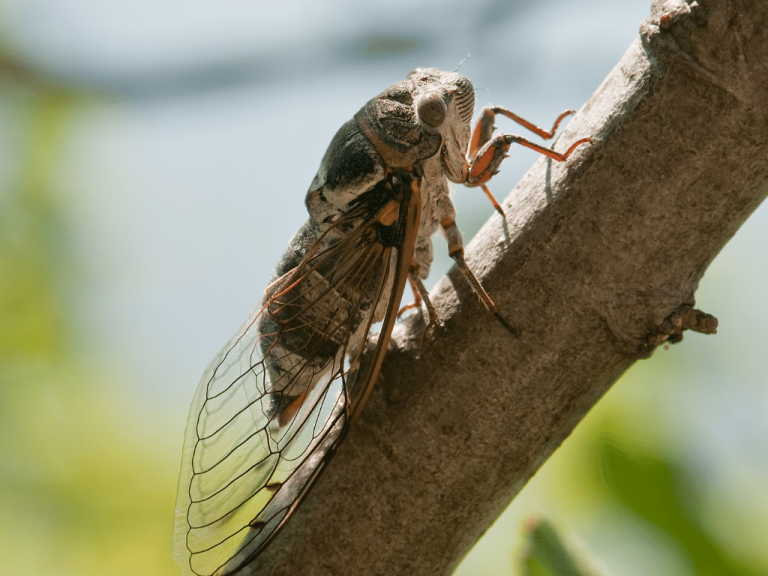In the evenings of autumn, if you sit quietly under the window for a while, you can hear a chorus of insect sounds, such as “clang clang,” “ding ding,” “li li,” and so on, which is very lively. No wonder there has been a saying since ancient times that “autumn is heralded by the singing of insects.”
In autumn, the insects that are good at singing include grasshoppers, crickets, cicadas, and bell-ringers. In ancient China, many people specialized in raising them for entertainment, enjoying their songs. According to records, people in China have been raising crickets since the Tang Dynasty. In “The Legacy of the Kaiyuan and Tianbao Eras,” it is recorded: “During the autumn entertainment in the palace, the concubines all kept crickets in small golden cages, placed them by their pillows, and listened to their sounds. As a result, people in the folk also followed suit.”
What is the purpose of insects making sounds? Through in-depth research by scientists, many interesting functions have been discovered.
The most significant is to attract mates. Insects that are good at singing, such as grasshoppers, crickets, and cicadas, have well-developed auditory organs, but only male insects have sound-producing organs. Therefore, once the male insect makes a sound, it attracts the female insect to come for mating. Soviet entomologist Léger once found that female crickets could approach a singing male cricket from several meters away without seeing it. He further conducted experiments by damaging the auditory organs of female crickets and found that they showed no response to the singing of male crickets. It can be seen that the sound production of insects is related to their mating.
Based on Léger’s research results, many scientists have conducted beneficial experiments. They placed female crickets next to loudspeakers broadcasting the sound of male crickets, and the female crickets quickly turned to the loudspeaker and made slight movements with their antennae. When the loudspeaker stopped broadcasting, the movement of the antennae also stopped; if it started again, the antennae would start moving again. They also obtained the same results using phonographs to broadcast the sound of male crickets. From this, we can further understand that sound production is not only for mating but also related to expressing joyous and lively scenes among insects.
Anyone who has raised crickets must have seen that after two male crickets fight for a while, the victorious one often proudly starts singing, which is also the reason for this.
Entomologists have also found that some locusts can produce loud sounds when taking off. It is said that this sound may have a threatening meaning, which can protect them from enemy attacks. Recently, entomologists have discovered that the sound production of insects also has a special meaning. For example, a species of black cicada living in the tropics, its larvae live under the bark and cannot feed independently. They rely on a special sound-producing device on their legs to send signals of hunger and the need for food to their mother.
As for why there are more insect sounds in autumn, this is related to autumn being the season for most insects that are good at singing to mate and reproduce.

